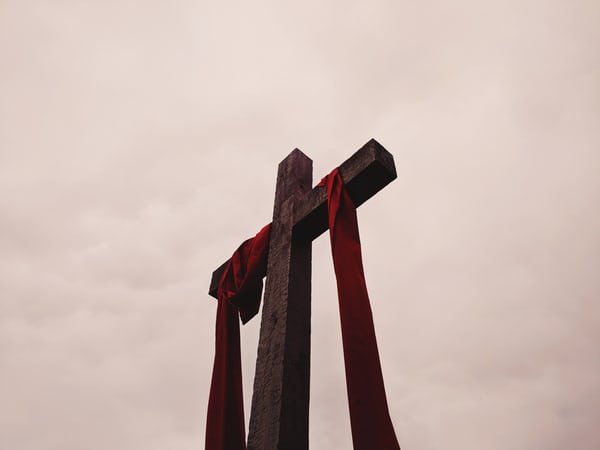Looking for a creative culinary activity that will teach children and others about the true meaning of EASTER?
THE EMPTY TOMB ROLLS (also known as “Resurrection Rolls”) will not only dazzle and excite little hands but will make a lasting impact, and they taste good, too! The experience of creating these little delectables will more than fulfill your expectations.
All you will need is:
INSTRUCTIONS:
Preheat oven to 375 degrees. Prepare a jumbo muffin pan with non-stick cooking spray.
Separate crescent rolls into 8 triangles and set aside. Combine sugar and cinnamon in a small bowl.
Dip each marshmallow into butter, then roll in cinnamon sugar and place on a triangle dough. Pinch dough around marshmallow, sealing all edges. MAKE SURE TO SEAL WELL OR THE MARSHMALLOW WILL ESCAPE.
Dip tops of dough into the remaining butter and then into the cinnamon-sugar. Place roll with the sugar side up into the muffin cups.
Bake at 375 degrees for 13 – 15 minutes. Eat warm.
Open to reveal the empty tomb!
Read the Easter story from the Bible found in Matthew 27-28, Mark 15-16, Luke 23-24 or in John 19-20.
If you are not familiar with the Bible the same story is recounted by these four men, Matthew, Mark, Luke or John. The story is virtually the same but is found in these four places in the Bible. How the rolls represent the Easter Story:
Jesus —marshmallow
After Jesus died on the cross he was wrapped in linen— roll in butter and cinnamon
Jesus put into tomb — crescent roll dough
3rd day Jesus has risen & no longer in tomb — open cooked roll to find NO marshmallow/“empty tomb”
Christ has risen. He has risen indeed!
-Sister Maureen Meloche, CSJ









